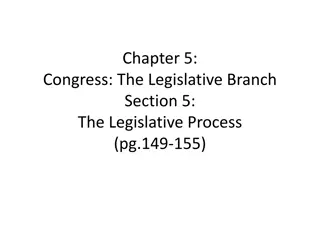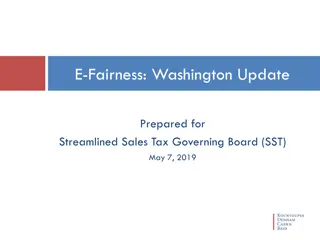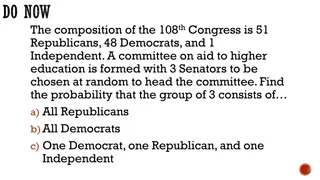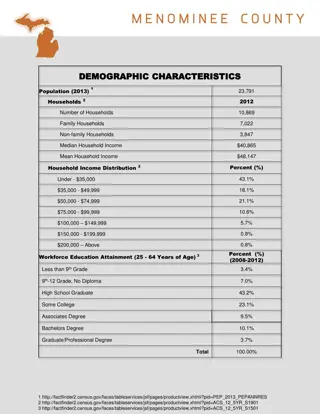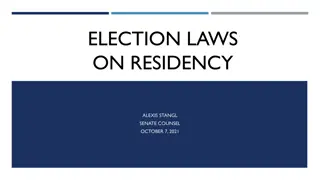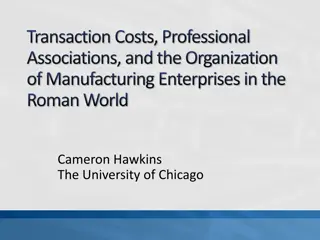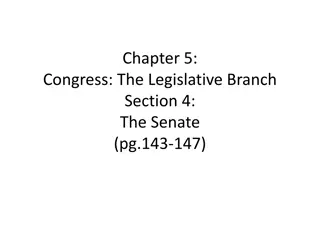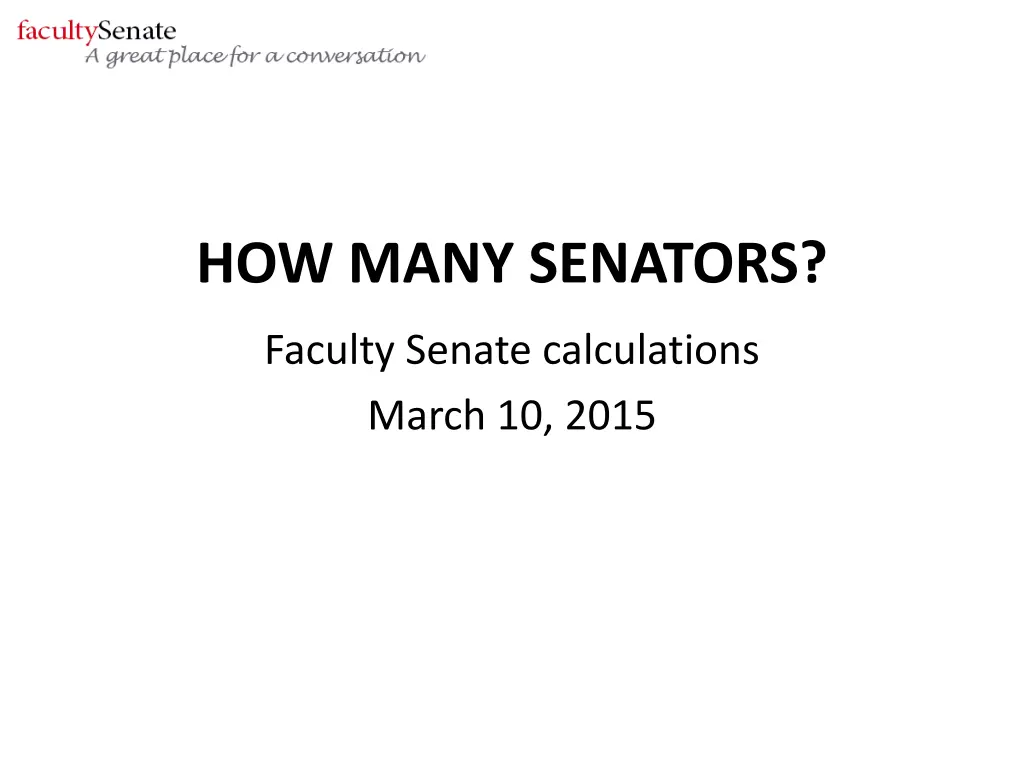
Senate Calculation Method and Rounding Differences
Explore the Faculty Senate calculations regarding the number of senators based on FTE of faculty members, historical rounding methods, and the debate between using fractions or rounding up. These discussions are crucial for determining the representation in Faculty Senates.
Uploaded on | 0 Views
Download Presentation

Please find below an Image/Link to download the presentation.
The content on the website is provided AS IS for your information and personal use only. It may not be sold, licensed, or shared on other websites without obtaining consent from the author. If you encounter any issues during the download, it is possible that the publisher has removed the file from their server.
You are allowed to download the files provided on this website for personal or commercial use, subject to the condition that they are used lawfully. All files are the property of their respective owners.
The content on the website is provided AS IS for your information and personal use only. It may not be sold, licensed, or shared on other websites without obtaining consent from the author.
E N D
Presentation Transcript
HOW MANY SENATORS? Faculty Senate calculations March 10, 2015
Base FTE calculations Each full-time TT faculty counts as 1 FTE Each .5 FTE or higher NTT faculty counts as .5 FTE
Current Bylaw / Charter language The Faculty Senate consists of one senator per ten WOU faculty FTE and/or major fraction thereof. All faculty units must have at least one senator position.
How Many Senators? One natural method is: Determine the number of FTE Divide the number of FTE by 10
Questions What happens with the decimals?
Historical Calculation (partially) used There is a method passed forward that says: 1 - 10 faculty FTE gets 1 senator 10.5 - 20 faculty FTE gets 2 senators 20.5 - 30 faculty FTE gets 3 senators 30.5 - 40 faculty FTE gets 4 senators 40.5 - 50 faculty FTE gets 5 senators
Questions What does major fraction thereof mean? Local mathematicians believe this means round e.g. 1.2 rounds to 1, 1.8 rounds to 2 If we believe usual rounding rules then the historical method is incorrect. If we would prefer to use the historical method, we should clarify in bylaws. As is, a mix of both methods is being used. What do the differences mean in reality?
Rounding 15 - 24.4 faculty FTE gets 2 senators 25 - 34.4 faculty FTE gets 3 senators 35 - 44.4 faculty FTE gets 4 senators 1 - 14.4 faculty FTE gets 1 senator
Historical Rounding
Comparison Division FTE FTE/10 Historical Rounding -1 Historical 1 - 10: 1 10.5 - 20: 2 20.5 - 30: 3 30.5 - 40: 4 BS 13 1.3 2 1 = = BE CS 15 9.5 1.5 .95 2 1 2 1 -1 CA 30.5 3.05 4 3 -1 DSPS HEX 11 20.5 1.1 2.05 2 3 1 2 -1 = = HUM 38 3.8 4 4 LIB 7.5 .75 1 1 -1 NSM 34.5 3.45 4 3 -1 SS 33.5 3.35 4 3 = TT 27 2.7 3 3
How shall we proceed? Discuss now, add to Bylaws (will be New Business in April) for voting? Motion and vote now on this? Suggestions now, take to divisions, motions and votes in April? Other?



